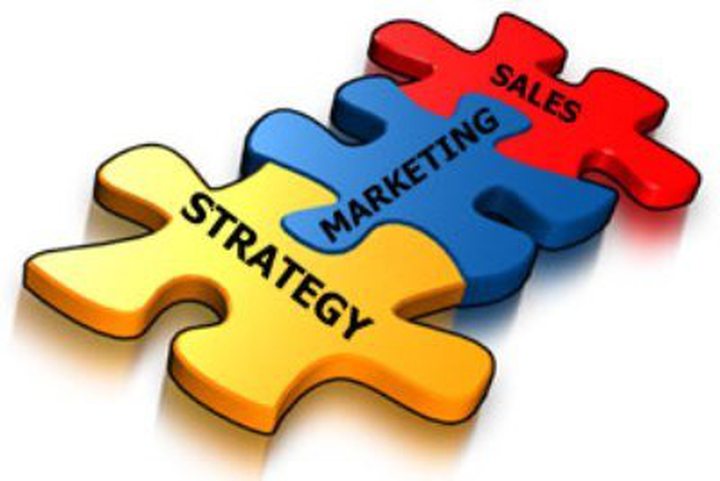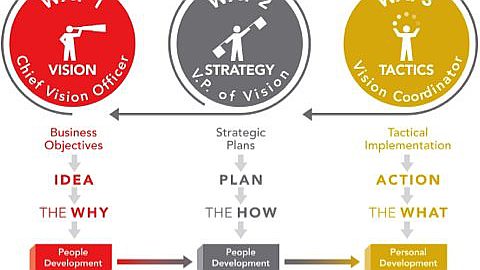How to Evaluate a Market Strategy

Every firm has something that it calls a market strategy. Unfortunately, many market strategies are ineffective and almost guarantee failure. Market strategies that really work always have the following characteristics:
1. They are strategic rather than tactical.
This sounds simple, but it's a point that many people find confusing. Strategies define goals to be achieved while tactics define the actions you'll take to achieve those goals. Example:
- Strategy: "Double sales revenue in the Midwest territory."
- Tactic: "Hire three more salespeople in the Midwest territory."
2. They are measurable rather than vague.
You can't manage what you can't measure. If your goals are vague, you have no idea whether your tactics are achieving them. Example:
- Measurable: "Double sales revenue in the Midwest territory."
- Vague: "Achieve industry and thought leadership."
3. They are "actionable" rather than contingent.
A strategic goal should be achievable through the tactics that support it, rather than dependent upon uncontrollable outside forces. Example:
- Actionable: "Double sales revenue in the Midwest territory.
- Contingent: "Increase our publicly-held stock price by 50%."
4. They are clearly articulated.
The more difficult it is for employees to understand a strategy, the less likely they are to be able to help achieve it. Example:
- Clear: "Double sales revenue in the Midwest territory."
- Unclear: "Focus both externally and internally (customer's customer and internal alignment necessary to respond), with internal collaboration with common focus/goals by stakeholders accountable for ultimate business results oriented, optimized and coordinated outputs, aligned around the sales cycle."
5. They are achievable rather than inspirational.
There's nothing wrong with having an inspirational vision of what your firm's about but a vision is not the same as a strategy.
- Achievable: "Double sales revenue in the Midwest territory."
- Inspirational: "Make a difference and change the world."
6. They have a business plan behind them.
A strategy is just hot air unless there's a tactical plan for achieving each strategic goal. For example, if your strategy is (wait for it...) to double sales in the Midwest territory, your business plan would probably include retraining existing personnel, hiring new salespeople, investing in better lead generation methods, and so forth. If the plan's not there, the strategy isn't real.
7. They don't change much.
It's always smart to notice what's working (i.e. moving you towards your strategic goal) and what's not, and equally smart to quickly adjust your tactics, make corrections, and try new approaches.
What's not so smart is making frequent changes in strategic direction. Such changes upend everything and productive work grinds to a halt as everyone tries to rethink what they're doing in order to fit it into the new strategy.
Because of this, changes in strategy should be undertaken only when it's clear that achieving a strategic goal is either impossible or no longer desirable.





